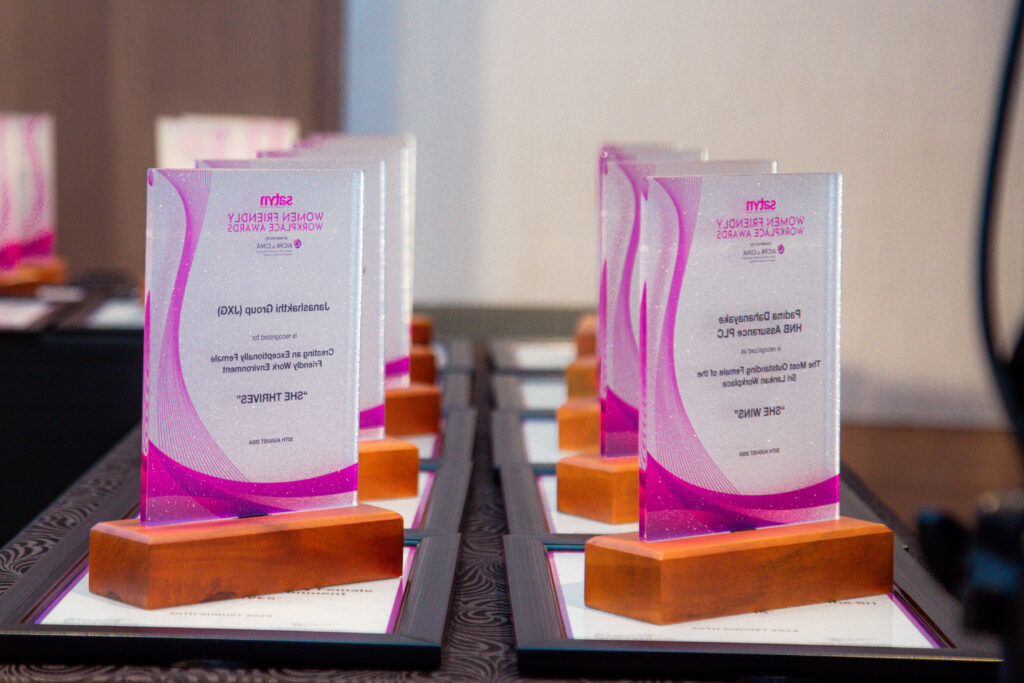
In recent years, there has been a significant shift in the way organizations approach gender equality and leadership representation. The findings from the recent Awards highlight several encouraging trends in leadership, work-life balance, health and wellbeing, professional development, and community engagement, all aimed at empowering women in the workplace(Insights). While there is progress, more needs to be done to create an equitable environment where women can thrive.
A strong commitment to promoting women into leadership roles has become evident, with several organizations making noticeable strides in increasing female representation at senior levels. Compared to previous years, there has been a marked improvement in this area, demonstrating the impact of dedicated efforts.
One of the most promising trends observed is the deliberate focus on gender equality in recruitment, where organizations are setting specific targets for female representation. These initiatives are being paired with leadership pipeline development programs aimed at nurturing female talent, ensuring that women are adequately prepared to take on leadership roles.

Another groundbreaking change is the increasing placement of women in traditionally male-dominated sectors. By intentionally breaking barriers, these organizations are fostering gender diversity across all functions, a crucial step toward creating inclusive workplaces.
The past few years have seen an increasing adoption of flexible work policies across industries. Companies are now recognizing the importance of work-life balance, particularly for women. This includes offering remote work options, long-term work-from-home arrangements, and home-based work for new mothers. These policies not only support the immediate needs of women but also contribute to long-term retention, especially as they adapt to various life stages.
Parental support has also emerged as a key HR strategy. Many organizations now offer comprehensive leave policies catering to both primary and secondary caregivers. Some companies have even gone a step further, providing on-site childcare or support for childcare costs, making it easier for working parents to manage both professional and personal responsibilities. The integration of these initiatives has led to greater employee satisfaction and engagement, particularly among women.

Women’s health has become a priority in many organizations, with a strong focus on holistic wellbeing. Companies are implementing a range of health initiatives, from fertility treatment support and menstrual health provisions to mental wellness programs and counseling services. By addressing these needs, organizations are promoting a healthier and more supportive environment for women.
Equally important is workplace safety, with strict anti-harassment policies and well-structured grievance handling processes now becoming the norm. These measures ensure that women feel safe and supported, allowing them to contribute fully to their professional roles without fear of discrimination or harassment.
Professional development programs specifically designed for women have been widely adopted across industries. These programs include mentoring, leadership training, and opportunities for global assignments, giving women the tools they need to advance in their careers. Organizations are also encouraging women to pursue non-traditional career paths, particularly in sectors that have historically been dominated by men.
The recognition and reward of women’s contributions have also become a central component of many HR strategies. By acknowledging the achievements of women in the workplace, companies are not only promoting gender equality but also encouraging more women to take on leadership roles and challenge traditional career boundaries.

Creating supportive environments that value and empower women is now a key focus for many organizations. Initiatives such as flexible work hours and the provision of childcare have become widely accepted as essential components of a progressive workplace culture. These measures allow women to balance their career aspirations with their personal lives, fostering a sense of belonging and value within the organization.
Companies are increasingly recognizing the economic, social, and organizational contributions that women make to the workplace. By acknowledging and supporting these contributions, businesses are helping to create a more inclusive and dynamic work environment.
The progress made over the past year in promoting leadership and growth opportunities for women has been impressive. Women are now able to pursue leadership roles without feeling limited by their personal circumstances, such as raising a family or being expectant mothers. The opening of non-traditional, male-dominated career paths to women is also a significant milestone, as it challenges outdated norms and encourages gender diversity across all sectors.
One area of particular growth is women in tech. The increasing number of women entering STEM fields is a positive sign of change, and many tech companies are now actively sourcing female talent. This shift is a promising indicator of the future of gender diversity in technology and other traditionally male-dominated sectors.
While much progress has been made, there is still more to be done to improve the wellbeing of women in the workplace. One key area for future development is enabling younger women to focus on challenging career paths. This will help them achieve their full potential and inspire the next generation of female leaders.
Another critical focus should be strengthening the support structure against harassment and discrimination. Despite improvements, these issues remain significant barriers for many women in the workplace.
Finally, encouraging women to embrace the mindset that they can “do it all” – manage a career, raise a family, and achieve success – remains a priority. By continuing to support women in these areas, organizations can help create a more equitable and inclusive future for all.
In conclusion, while the path towards gender equality and female empowerment is far from complete, the findings from this year’s Awards highlight significant progress. Organizations are increasingly recognizing the value of gender diversity and are taking concrete steps to create environments where women can thrive. The future holds promise, but continued dedication is required to ensure that women are not only present but leading across all sectors.

SatynMag empowers women with inspiring stories, expert advice, and uplifting content to fuel their strength and dreams
Welcome to Satynmag S Suite, online knowledge platform for career and personal growth. This is where you can empower yourself with cutting edge knowledge, latest know-how and grow.


